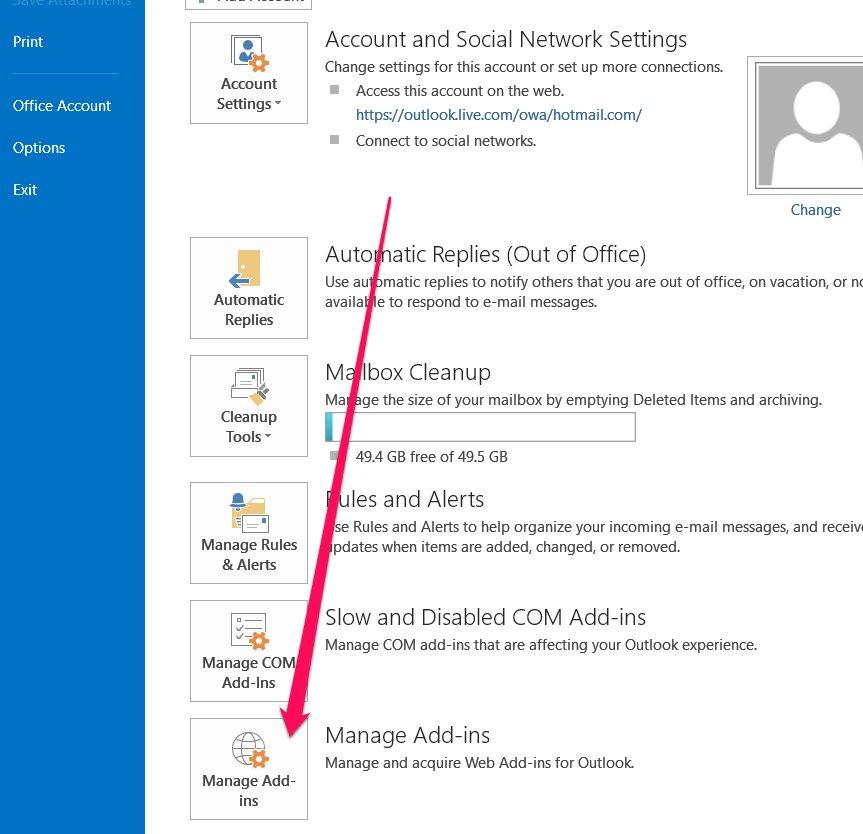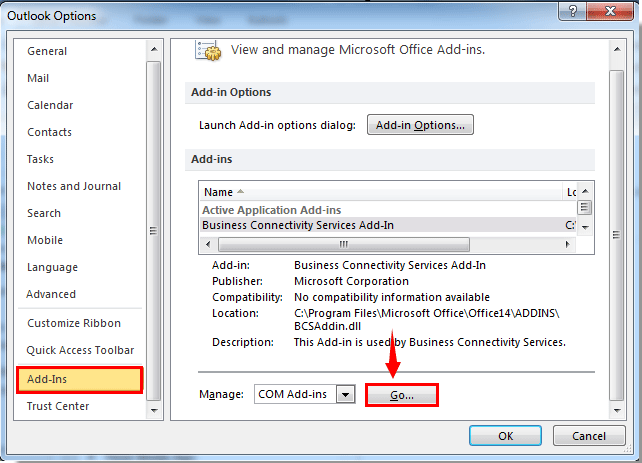

This can take many values – the default is a value of 3 which means the add-in is loaded automatically at startup and is currently loaded. The key thing in the registry keys above is the LoadBehavior entry.These two locations contain keys for each add-in installed for that particular application.Here’s a screen shot for the Outlook InterAction add-in for a user. The two locations are: HKCU\Software\Microsoft\Office\(application)\Addins\ and HKLM\Software\Microsoft\Office\(application)\Addins\ (replace (application) with Word, Outlook, Excel, or PowerPoint). So you have to look under both HKLM and HKCU. Add-ins can be installed for all users on the machine or just a specific user.I started off thinking I might need to do some fancy stuff to enable add-ins, but soon realized that they are all controlled by the registry.

What I want to do here is (1) warn users when the above dialog box comes up, advising them not to click the “YES” button and (2) if they do click “YES” then somehow enable the add-ins behind their back and get them to close and open the affected program. Then we in IT have to do the boring task of going to their add-ins screen and enabling these items followed by closing and opening Word, Outlook, whatever. But users being users they click “YES” intentionally or inadvertently and then call IT with complaints that their Word, Outlook, etc aren’t working as expected.

We don’t know why they keep getting it, but ideally users should be clicking “NO” as we use all these add-ins and don’t want them disabled. Every so often when users open Word, Outlook, Excel, etc they get a prompt like the one below: So as I mentioned yesterday I have been thinking of using Task Scheduler to try and enable disabled Office add-ins automatically.


 0 kommentar(er)
0 kommentar(er)
